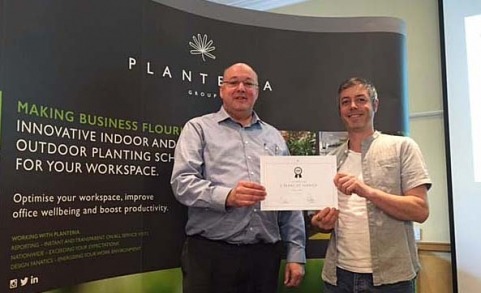As the country’s workforce starts to make its way back to factories, shops and offices throughout the UK, we do so with one overriding question on our minds – what will the ‘new normal’ look like?
Just about every organisation across the country has been affected by the recent Covid-19 outbreak, and whilst it’s true that life around the office won’t return to normal overnight, there’s a lot we can do to make our working environment feel safer and more comfortable for those returning from furlough or from home-working back to the workplace.
Planning Our Workspaces for The New-Normal
So, let’s take a quick look at some of the things we should be thinking about when re-introducing our workforce back into the office.
Cleanliness is Key
Government guidelines advise that workplaces should be cleaned more frequently, paying attention to high-contact objects like door handles and keyboards. Employers should provide handwashing facilities or hand sanitisers at entry and exit points.
We’ve all become acutely aware of is the number things we touch every day, usually without even realising it. Just think about how many items you might touch during a normal day in the office before you even get to your desk. Maybe your commute starts on public transport? Then, there are the doors, maybe there’s a turnstile, an elevator button, or did you take the stairs and grab the rail? Did you nip into the coffee shop to pick up some breakfast? Did you pay cash, or tap the buttons on the debit card keypad?
If we then consider that a 2015 study carried out by The National Library of Medicine showed that on average, we touch our faces around 23 times per hour, it’s easy to see why the simple act of regularly sanitising our hands can make such a big difference.
“On average, each of the 26 observed students touched their face 23 times per hour. Of all face touches, 44% (1,024/2,346) involved contact with a mucous membrane, whereas 56% (1,322/2,346) of contacts involved nonmucosal areas.”
Yes, it sounds fairly unpleasant when it’s put in those terms, but it’s the reason why one of the most important messages throughout this pandemic has been for the public to frequently and thoroughly wash their hands.
So, to help reduce the risk of infection in our customer’s offices and workspaces (as well as our own), we’ve developed the Ilona Touch-free Hand Sanitiser Dispenser.
Employees Should Be Re-Introduced Gradually
This is something that replicates our overall approach to bringing the lockdown to an end; re-opening gradually. The same goes for our office spaces. It’s a good idea to start with a limited number of people, for example those who are unable to work from home.
If you have multiple teams working in the same area, you might want to consider arranging alternate days for them to be in the office. Split team working is also a good idea; this simply means that a percentage of the team works from the office while their counterparts work from home, then they switch.
Think About Your Home-Working Policy
One thing that recent months has taught many of us is that thanks to technology, we have the ability to be just as effective at home as we are in the office. If your team members are able to work from home, then putting a fixed rota in place will help to reduce any potential infection risks, whilst allowing your team to enjoy team work and social interaction again in doses.
Plan Your Workspace with Social Distancing in Mind
One thing’s for certain, we’ll need to change the way we interact with our colleagues at work. This means that people shouldn’t be seated too close together, if you have a hot-desking policy, a fixed desk policy would be more sensible, at least for the short term.
You’ll need to think about how people move around the office too. Using signs and barriers will help people pass each other without getting too close. If you have a lift, it’s a good idea to limit that to 1 or 2 people at a time, or just to those who need it. If you are re-configuring offices, be creative by adding plants which can be used to mark our separate areas, or incorporated into barriers and cabinet tops, to create a sense of well-being and calm as well as looking beautiful.
Improve the Wellbeing of Your Teams with Plants and PPE packs
Making sure employees feel comfortable about returning to the workplace goes beyond simply making sure their environment is safe. With lockdown taking its toll on many of us, getting back into the outside world can feel pretty daunting. The prospect of using public transport and heading back to the office will be a cause of anxiety for many – that’s where office plants can bring real benefits to your team’s wellbeing.
It’s currently mandatory that those of us who rely on public transport for our daily commute are required to wear some kind of face-covering while we travel.
Consider having a supply of PPE in the office for teams to use as they need. Planteria offer a ‘Sani-pac’ which contains everything you may need to help keep you safe including 3-ply masks, hand sanitiser for your personal work area, anti bacterial spray and wipes for your desks and keyboards, as well as disposable gloves, and tissues.
Make your office a welcoming, calm and relaxing place to return to, by adding some office plants. Plants are known to produce oxygen and remove carbon dioxide from the air, actually making the air in your workplace cleaner, and are shown to reduce anxiety and fatigue.
So, while it might not sound like much, investing in a few office plants can make all the difference to your team.
Get in touch with us, we are ready to help you create the best return for your team.

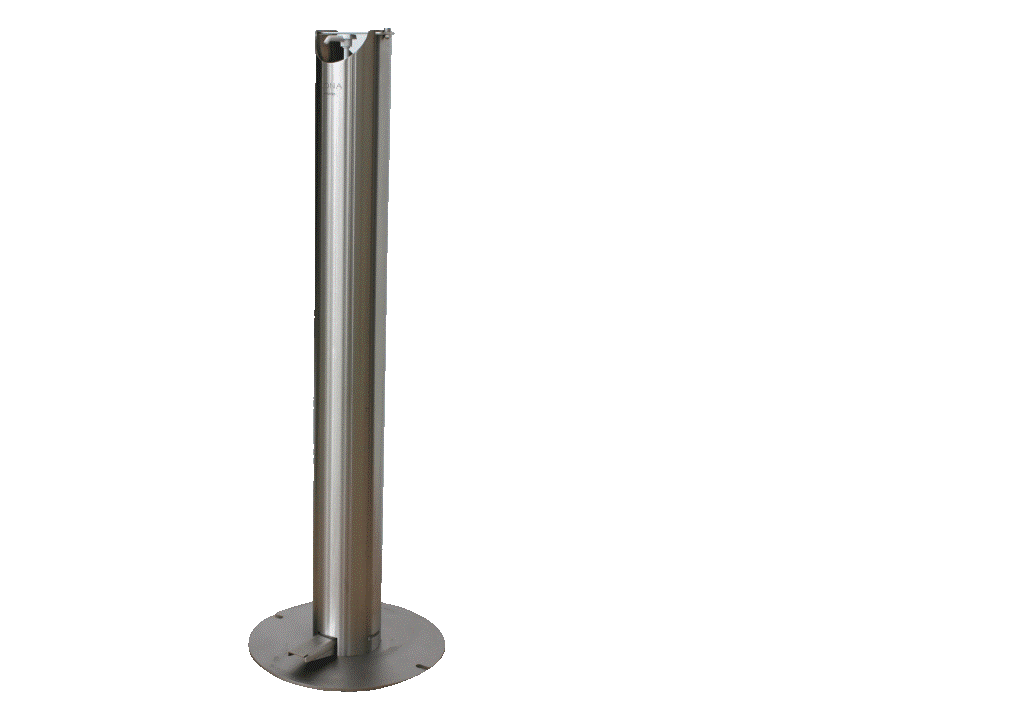
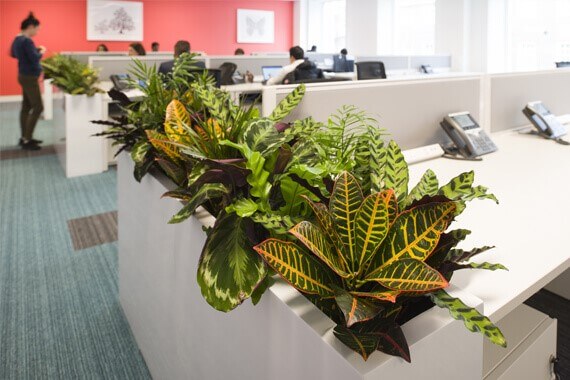

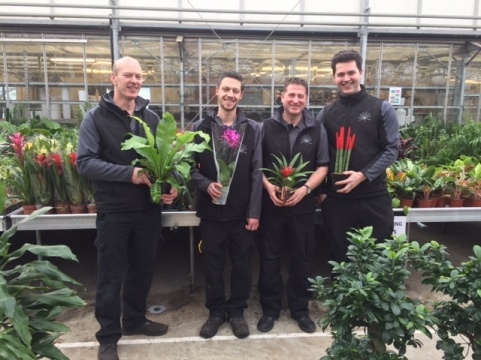





 And for comparison by industry, it’s nice to see that we are well above the various averages shown below:
And for comparison by industry, it’s nice to see that we are well above the various averages shown below: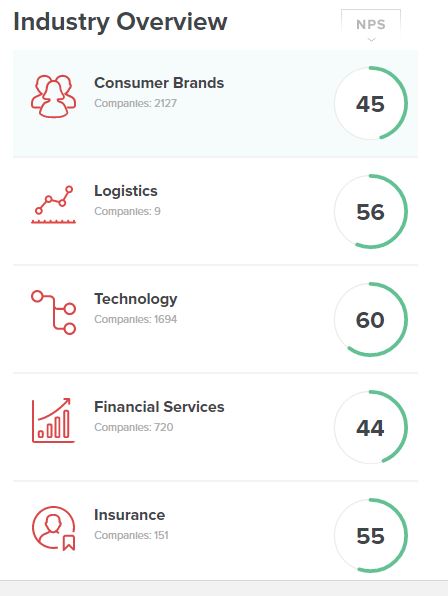 (Above data correct at time of publishing July 2017)
(Above data correct at time of publishing July 2017)
